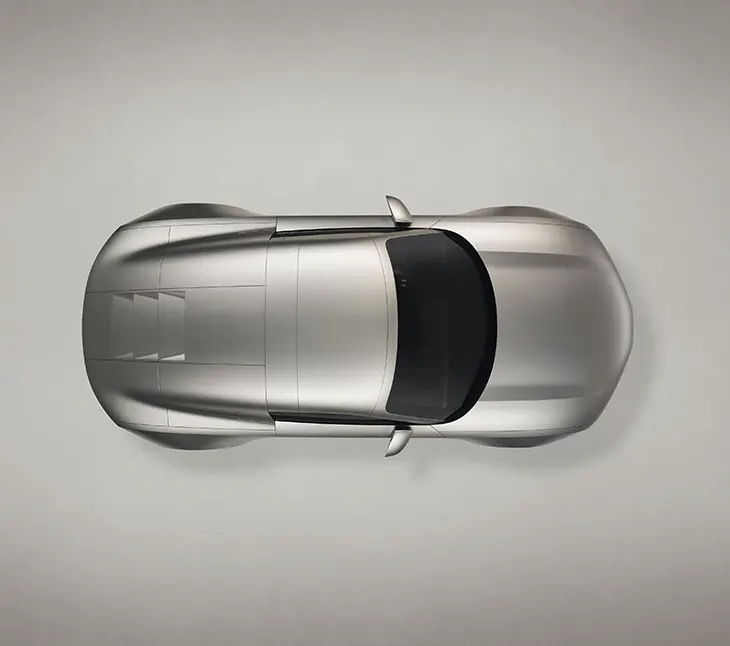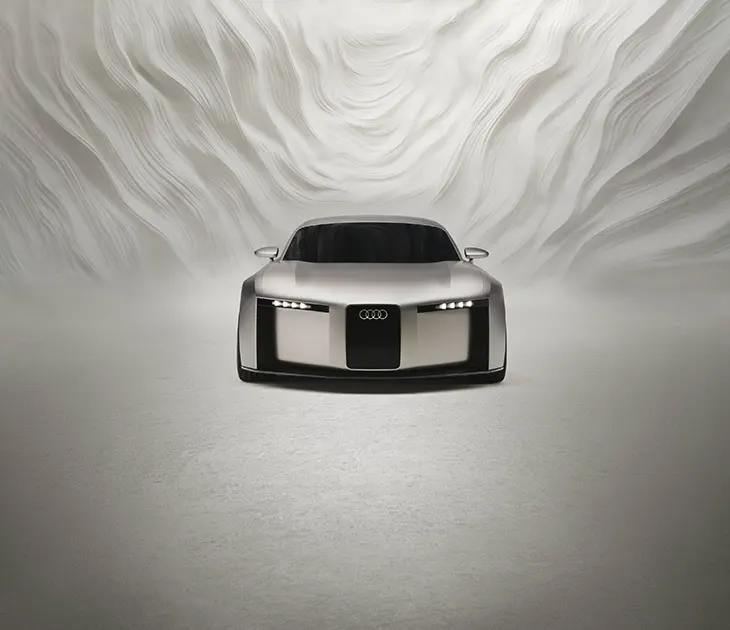
Audi introduced the Concept C study in Milan as the first example of its new design philosophy. Under the banner “Strive for Clarity,” the brand unveiled a vision that reshapes both products and processes. Audi CEO Gernot Döllner explained that the company seeks clarity in an increasingly complex environment, with a focus on essentials that open space for innovation.
CARS
Chief Creative Officer Massimo Frascella described the philosophy as “radical simplicity.” He explained that the approach reduces everything to essentials while still creating emotion. This strategy influences exteriors and interiors alike, with advanced materials and technologies applied where they provide new experiences for customers. The goal is to generate desire while strengthening cultural impact, with design serving as both inspiration and function.
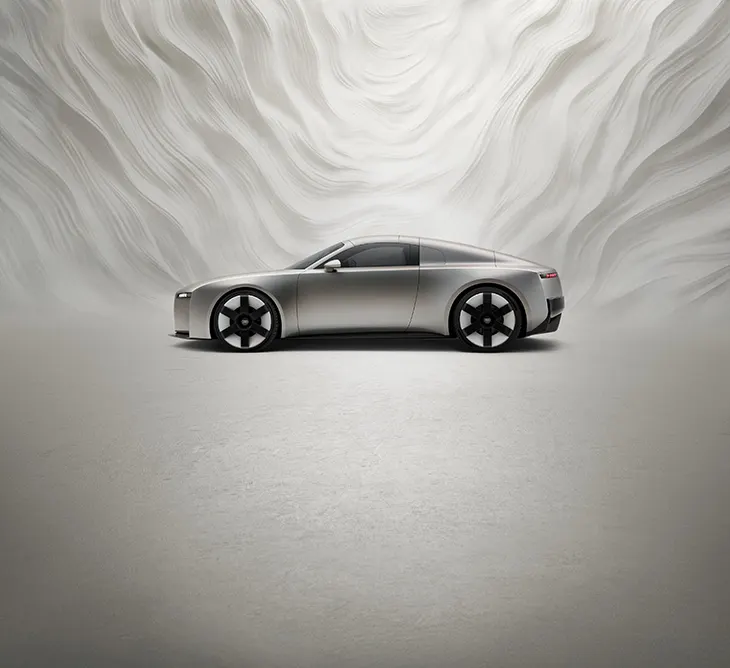
The Audi Concept C, which will also appear at IAA in Munich, puts these principles into practice. The design draws from the Auto Union Type C racing car, focusing on a vertical frame that defines the visual language. Reduction shapes the exterior, while the interior strips away distractions. Technology delivers only the information needed at the right moment, ensuring clarity of interaction. Audi connects these choices to its history of breakthroughs in motorsport and engineering, where innovations like quattro all-wheel drive reshaped performance standards.
Döllner said that the design philosophy extends beyond vehicles. It represents a guiding principle for the company’s organization and future development. Audi has worked since 2023 to realign its business through the Audi Agenda, and this year it has accelerated progress. The company reached agreements with the Works Council to secure competitiveness, while also committing around eight billion euros of investment in its German facilities by 2029.
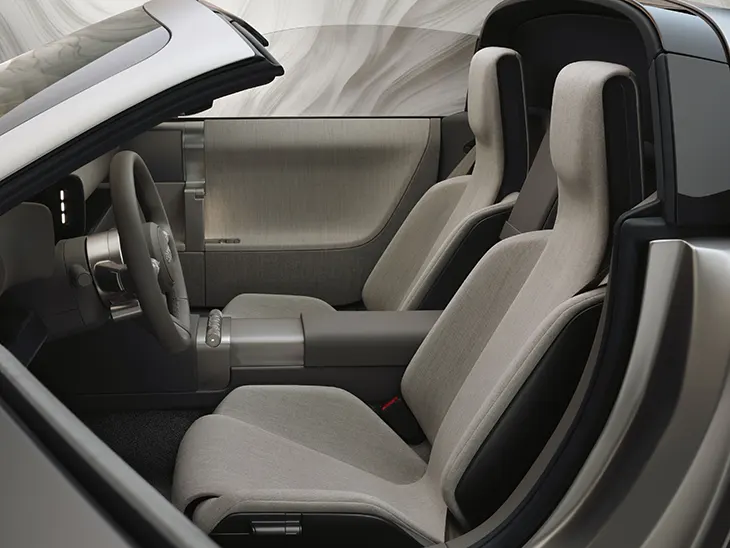
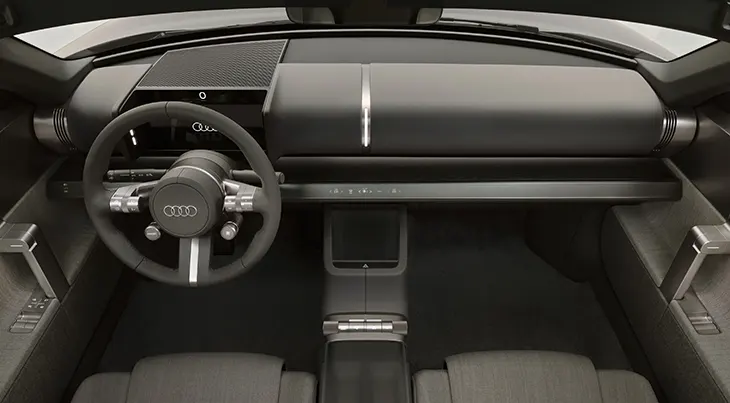
Audi’s product offensive continues at high pace. By the end of this year, more than 20 new models will have launched within 24 months, including core replacements like the A6 and Q3, as well as the Q3 Sportback e-hybrid. Looking ahead, Audi plans an all-electric entry-level model to be built in Ingolstadt from 2026, alongside new performance models from Audi Sport. The mix of all-electric, plug-in hybrid, and combustion-engine vehicles secures flexibility across Europe, China, and North America as the transition to electric mobility advances.
Strategic partnerships strengthen this push. A collaboration between Volkswagen Group and Rivian will speed up software development, while Formula 1 entry in 2026 offers Audi a laboratory for testing new materials, processes, and systems. Preparations for racing are already in motion, and Döllner promised a first concrete preview of Audi’s Formula 1 plans next year.
